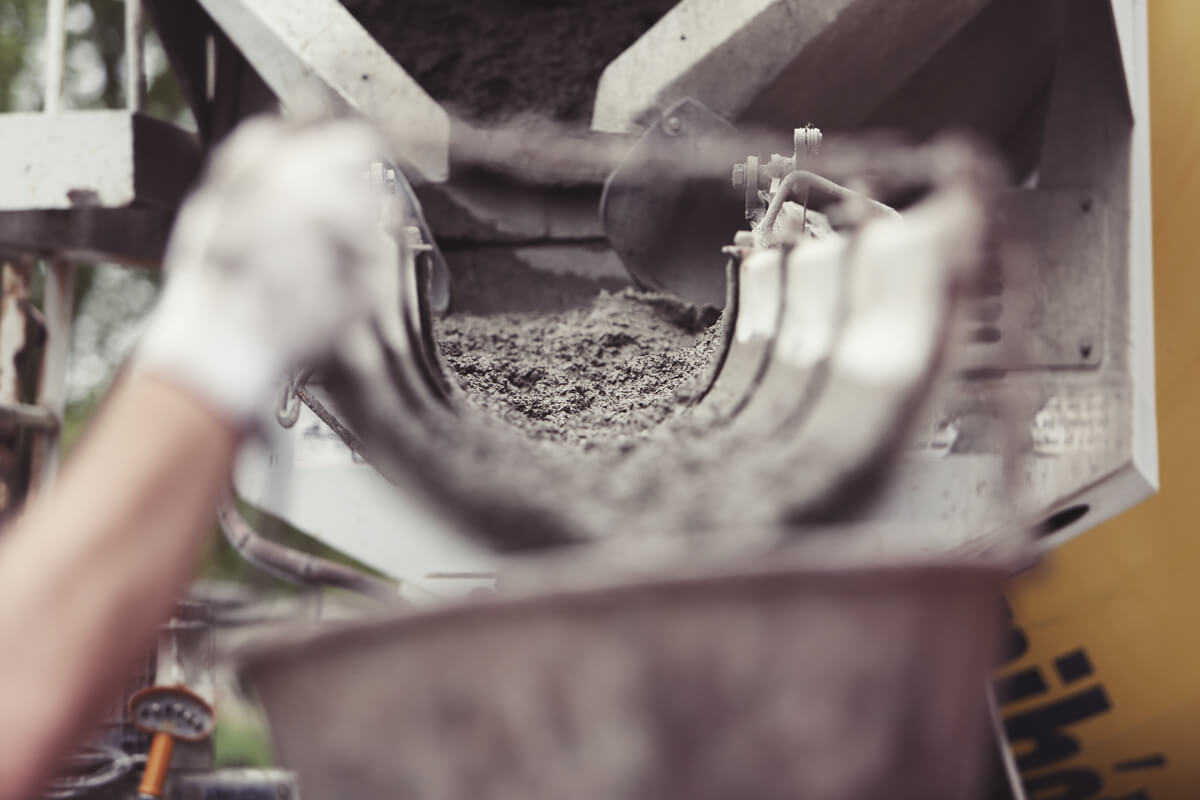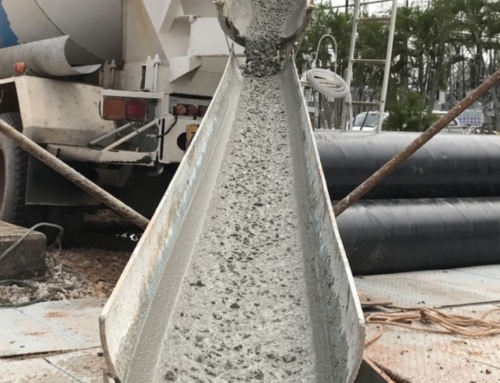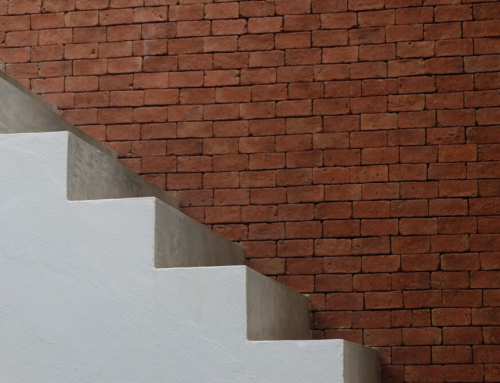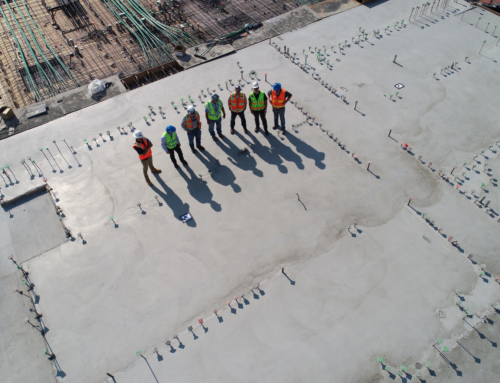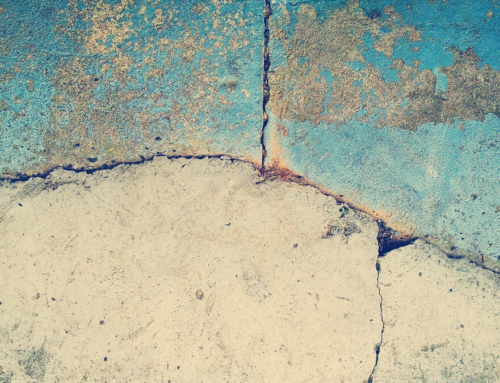When looking at the different types of concrete available, you may also come across a mixture called screed. It’s easy to get the two confused as they’re made using similar materials, but their use is very different, so it’s important to know which one you need. As there are some key differences between the two, you’ll need to be aware of these when undertaking any project in which you may require concrete supplies.
Here’s everything you need to know.
How Are Concrete & Screed Made?
One of the reasons why concrete and screed are sometimes mixed up is that they consist of the same core materials of water, cement and aggregates. However, the main difference is the type of aggregate chosen. Concrete uses larger, hardcore aggregates such as gravel to produce a material with a much higher strength than screed, giving it excellent durability and is often used in construction. On the other hand, smaller particles of fine sand are required to create screed. This forms a mixture with a smoother consistency which can be applied as a thinner layer.
Uses for Concrete & Screed
Concrete is by far the more versatile material when it comes to possible uses. Concrete is chosen for many types of structural and building work, whereas screed has limited use, mainly for achieving a smoother floor texture. Screed is selected for this purpose thanks to its tighter consistency produced by the fine, sharp sand aggregate. Concrete is much rougher in appearance but can be poured in much thicker layers. Therefore, even when screed is laid as a floor finish, it usually requires a concrete subfloor base first, forming the upper layer only once laid over the top. It’s also selected if a more level finish is desired where flooring such as carpet or tiles will be placed over the top of the area. If screed is laid where it needs to support heavy traffic or footfall, its strength will often need increasing with admixtures.
Benefits of Concrete
Concrete’s versatile nature means it can be easily altered to achieve different strengths, depending on what it’s required for. Ready mix concrete is quality assured, so it can be used for anything from foundations and walls to roads and drainage systems. Its strength means it’s able to withstand the impact which comes with anything from people walking across it to heavy vehicles. As a result, it’s found at domestic, commercial and industrial sites. Whereas screed is mostly chosen for internal areas of a building, concrete can also be laid outside, able to withstand a harsher environment, thanks to its weather-resistant and waterproof properties.
If you’re looking for more advice about the type of concrete you require for a job, get in touch with the team at Network Concrete. We supply concrete across a wide area of Sussex and surrounding areas, delivering to locations such as Seaford, Shoreham-by-Sea and Tunbridge Wells. We’re available 24/7, so if you have any queries, contact us today.

